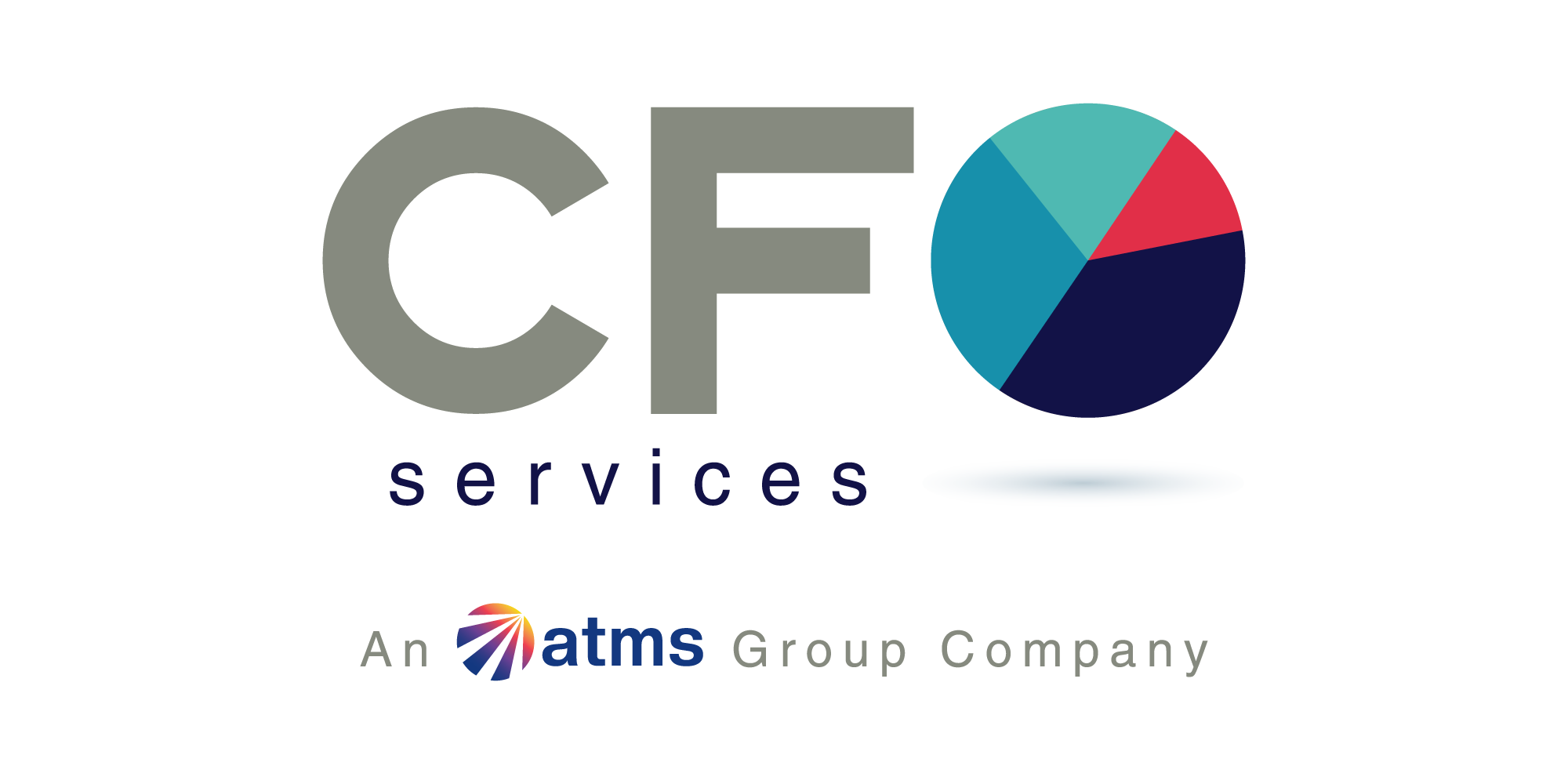Case Study: Indian Oil Corporation Ltd. (IOCL)
📌 Background
Indian Oil Corporation Ltd. (IOCL), a leading public sector company, engages in bottling and distributing LPG for domestic and industrial use. Bulk LPG is procured from refineries and undergoes a detailed bottling process at IOCL’s plants.
This process was recognized by the Supreme Court (CIT v. Hindustan Petroleum Corp. Ltd., 2017) as “manufacturing or production”, since bulk LPG in its raw form is not directly usable by end consumers.
⚖️ The Issue
IOCL accumulated Input Tax Credit (ITC) on goods and services used in bottling—like lubricants, clamps, and safety equipment—taxed at higher GST rates (mostly 18%).
However, the final product—bottled LPG—is taxed at only 5%.
When IOCL applied for a refund of this accumulated ITC under the “inverted duty structure” provision (Section 54(3), CGST Act), the GST department denied the claim.
Department’s Argument:
Relying on CBIC Circular No. 135/5/2020, the department claimed:
- Bulk and bottled LPG are the same product.
- Both are taxed at 5%, so there’s no inverted duty structure.
- IOCL was merely “repackaging,” not “manufacturing.”
🏛️ Court’s Analysis & Ruling (Delhi High Court)
The Hon’ble Delhi High Court ruled in favor of IOCL, making several important clarifications:
✅ Bottling = Manufacturing: It is not a simple repackaging activity. The process creates a marketable product fit for domestic consumption.
✅ Multiple Inputs Considered: The Court acknowledged that several inputs (taxed at 18%) go into the process—not just LPG.
✅ Law vs. Circular: The CBIC Circular cannot override the CGST Act. Section 54(3) clearly allows refund if ITC accumulation is due to inputs taxed higher than outputs, even if input and output are taxed similarly.
📚 Supporting Judgments:
- Shivaco Associates v. JCST, WB (Calcutta HC, 2022)
- Baker Hughes Asia Pacific Ltd. v. UOI (Rajasthan HC, 2022)
- BMG Informatics v. UOI (Gauhati HC, 2021)
✅ Final Outcome
- IOCL’s refund claim was allowed.
- The GST department was directed to process the refund within 6 weeks.
📢 Key Takeaway for Businesses
Even if main input and output are taxed at the same rate, a GST refund may still be valid if:
🔹 Other inputs are taxed at higher rates (e.g., 18%)
🔹 The accumulated ITC is genuinely due to this difference in tax rates
This ruling reinforces the legal position that substantial manufacturing processes and the use of multiple inputs justify refund claims under the inverted duty structure clause.
📍 Action Point:
Businesses should review their ITC accumulation patterns, especially in cases involving lower-rate outputs and higher-rate inputs. Document your input mix clearly to strengthen refund claims.





